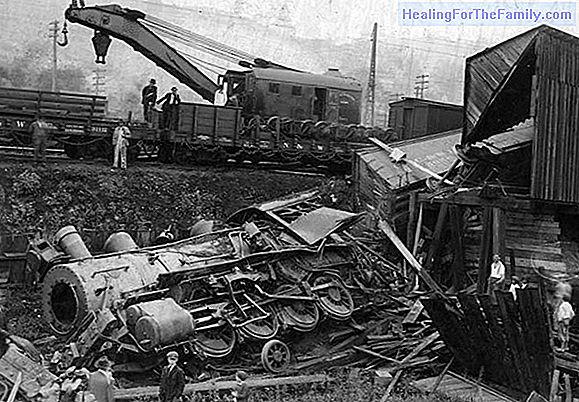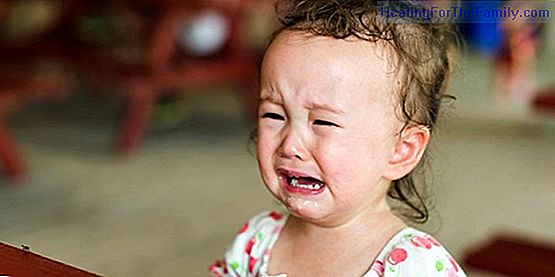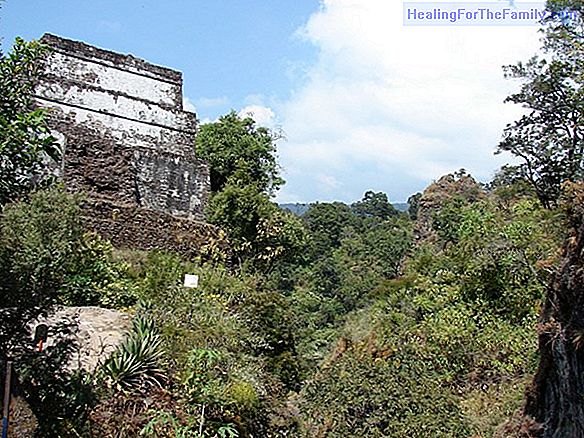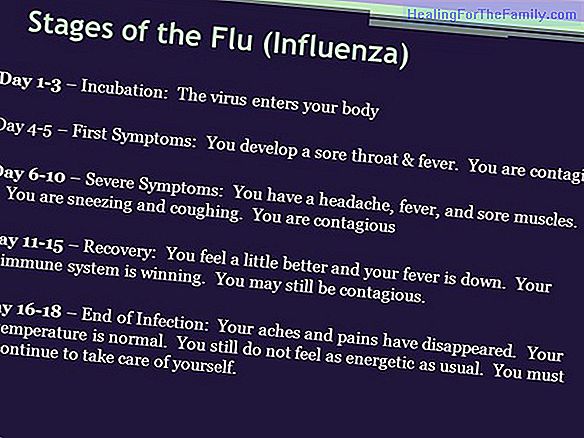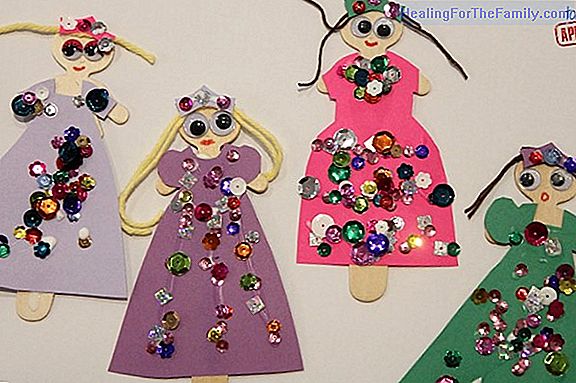The umbilical cord of the baby in pregnancy
The umbilical cord is the link between the mother and the baby . Thanks to him, the baby will receive food and oxygen. It will also be the only way to eliminate waste. The umbilical cord keeps the mother and baby in contact at all times, as it connects the fetus with the placenta. Only after deliver
The umbilical cord is the link between the mother and the baby. Thanks to him, the baby will receive food and oxygen. It will also be the only way to eliminate waste.
The umbilical cord keeps the mother and baby in contact at all times, as it connects the fetus with the placenta. Only after delivery, the umbilical cord is cut and the baby begins to live independently.
What the umbilical cord of the baby is and what it is for
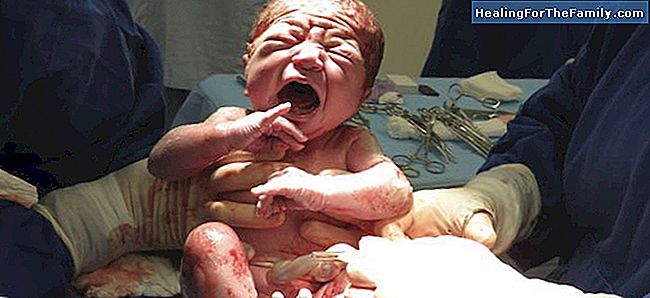
The umbilical cord is a tubular structure, like a cord that connects the placenta to the fetus. It contains two arteries and a vein through which blood, food and oxygen circulates between the mother and the baby and is also the place where the baby detaches itself from the excrement. The waste reaches the mother and it is the kidneys that are responsible for eliminating them.
The umbilical cord is essential so that the baby can receive everything necessary for its development. It begins to form in the fifth week of gestation and can reach about 56 centimeters. It has 1 to 2 cm in diameter.
Umbilical cord problems in pregnancy
Several umbilical cord problems can occur during pregnancy. For example, false knots or cord prolapse umbilical. The knots in the umbilical cord are not problematic as long as the knot does not tense. In the case of prolapse, the cord slips during labor before the baby. The pressure can decrease the amount of oxygen it receives. In these cases, delivery may end in cesarean section.
The most common anomalies are cord turns. When the child is born with the umbilical cord wound around the neck, it is called the umbilical cord. It occurs in one in five births and does not prevent vaginal delivery.
When the umbilical cord does not have two arteries, but only one, we speak of single umbilical artery. These babies are more likely to be born prematurely, to have future growth problems or a congenital heart defect. It can also lead to another series of problems in the spinal cord or chromosomes (such as Down Syndrome).
When the newborn's umbilical cord is cut
After delivery, the baby has to start breathing on his own, feeding and defecating independently. The moment in which the umbilical cord is cut, is the moment that marks a new life for the baby. Until now the umbilical cord was cut as soon as the child was born. However, recent studies have shown that it is better to do it when the cord stops beating (about two minutes after birth), since it helps increase the hemoglobin and iron levels of the newborn.
When the baby is born, the umbilical cord is held with a special clip and cut very close to the baby. This way there is an umbilical stump that parents will have to watch and care for. This stump will take between 7 and 21 days to dry and fall by itself. Then there will be a wound that will take a few days to heal. It is not advisable to tighten the clamp of the umbilical stump with a belt or put anything that can cause a wound infection. It is best to let it air dry and do everything possible to keep it clean and dry.
What to do with the umbilical cord after delivery
The umbilical cord is a source of stem cells. Some of the latest medical advances work with these cells to fight against some diseases, such as leukemia. Hence, many parents want to keep their children's umbilical cord in private umbilical cord blood banks. However, there is also the possibility of donating them to hospitals with a public umbilical cord bank where they will be stored for use in case of need.
The process for donating umbilical cord blood is simple and painless. It involves collecting blood from the placenta before it is expelled. It poses no risk to either the mother or her child.




